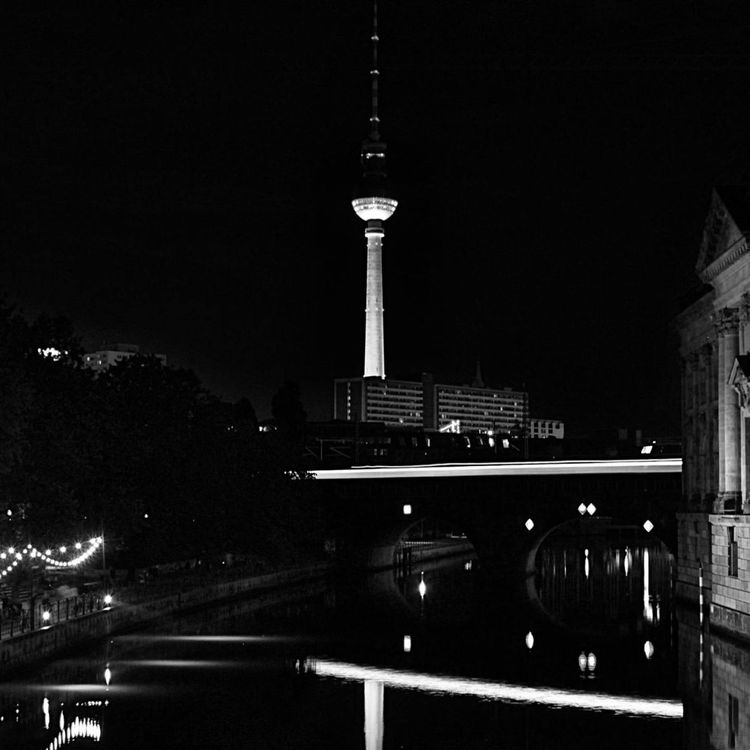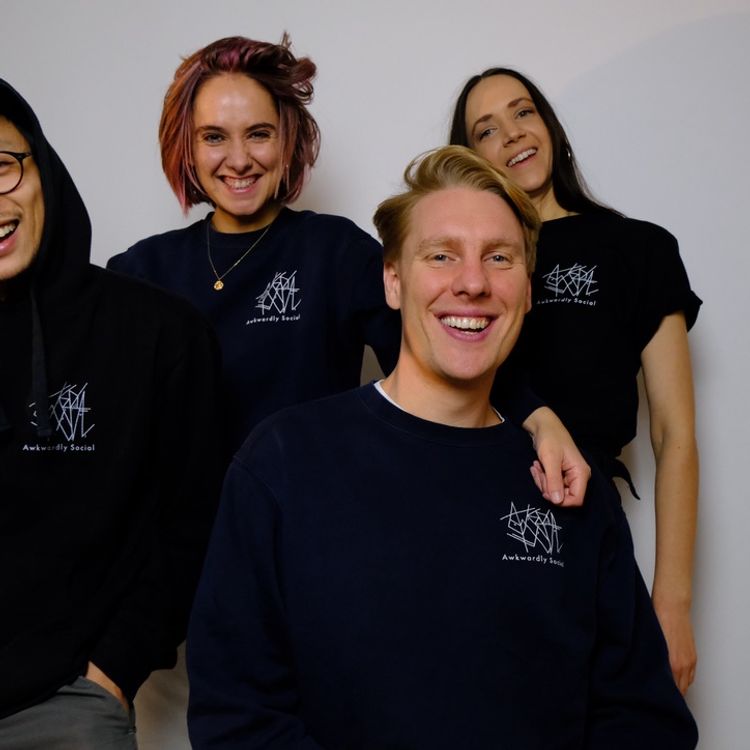Interview with MËSTIZA: Bringing Flamenco Into the Club World
Spanish duo MËSTIZA have become one of the most recognizable voices in the intersection of flamenco and electronic music. After more than a decade working independently, Pitty and Belah found common ground in the sounds that shaped their childhood—Spanish folklore, flamenco cadence, and the emotional weight carried in its rhythms. Bringing those roots into club culture became the foundation for a project that feels both grounded in heritage and firmly connected to the dance scene.
Since launching the project, they’ve topped Spain’s vinyl chart with their debut album Quëreles, performed across Europe, the Middle East, and North Africa, and made history as the first female DJ duo to hold a residency at Hï Ibiza. Their work extends beyond music, weaving fashion, visual identity, and cultural pride into every performance. What sets them apart isn’t just the blend of styles, but the clarity of their message: honoring where they come from while building something that resonates worldwide.
In this interview, MËSTIZA reflect on the origins of their sound, the meaning behind their name, the responsibility of representing their culture on international stages, and the evolution of flamenco within today’s electronic landscape — along with moments of humor, honesty, and the creative instincts that guide their partnership.

You both had individual careers before forming MËSTIZA — at what moment did you realize you wanted to unite your sounds into one project?
After more than ten years working separately, we decided to join forces when we realized we shared many ideas that came from our background. We grew up surrounded by flamenco — it was part of our environment from a very young age — and when we brought our ideas together, we saw that this was our common foundation and that it had been hardly explored within electronic music. That became our starting point.
“Mëstiza” translates to “mixed.” How does that word reflect not only your music, but also your identity as artists?
For us, MËSTIZA is more than a name; it’s a declaration of identity. It represents the blend of cultures, sounds, and emotions that shape our music, but it also reflects who we are as artists and as women. We are a mix of roots, experiences, and influences, and we carry that diversity into every production and every show.
Our project is the result of this fusion between tradition and modernity that defines us. Additionally, the word itself has a very Spanish sound — especially because of the “Z” — and it’s a feminine term, which caught our attention from the very beginning and ultimately inspired the name of the project.
Flamenco is such a powerful part of Spanish culture. How do you balance keeping its authenticity while adapting it for the club environment?
We’ve listened to flamenco since we were little; it was always playing at home, on the radio, or on TV shows — so we’ve always had a lot of respect for it. The idea of bringing it into the clubs came from feeling there was a space for it, and that we could find a sound where it could blend naturally and make people dance.

“Quëreles” reached number one on Spain’s vinyl chart — what did that milestone mean to you after releasing it on your own label, Sacro Music?
It was a huge moment for us. Reaching number one with our own label showed that people connect with authenticity. It was proof that independent projects can go far when they come from the heart.
You’ve performed everywhere from Europe to the Middle East. How do different audiences respond to your fusion of flamenco and electronic sounds?
Every audience reacts differently, but the energy is universal. Even if people don’t understand the language, they feel the emotion — the pulse of the rhythm. That connection goes beyond words.
Becoming the first female DJ duo to hold a residency at Hï Ibiza is a major milestone. What was that experience like for you personally and professionally?
It was an incredible experience — both empowering and humbling. Personally, it gave us confidence; professionally, it was a step forward for female representation in the scene. It made us believe that women can lead spaces like that and inspire others to do the same.

You often highlight femininity and cultural heritage in your visuals. How important is fashion and presentation to your artistic vision?
Fashion is a part of our storytelling. Through it, we express our identity — the mix of strength, femininity, and Spanish culture that defines us. Every look is connected to the music and the feeling we want to share.
Your live sets feel almost cinematic. How do you design a set that tells a story on the dance floor?
We design each set like a journey, with emotion, progression, and contrast. It’s about creating moments that move people, from introspective passages to powerful drops. We want every performance to tell a story.
Flamenco is rooted in emotion and storytelling. What emotion or message do you hope people take away after seeing you perform?
We want people to feel alive — to connect with passion, pride, and freedom. If our music makes someone feel something real, we’ve done our job.
You’ve built your own label, Sacro Music. What kind of artists or sounds do you hope to champion through it in the future?
Sacro is a space for creativity and collaboration. We support artists who share our vision — those who blend cultural roots with electronic sound in a genuine way. It has become a community that keeps growing with every release.

Touring can be demanding. What are your must-have rituals or routines before a big show?
Before every show, we take a quiet moment together. We breathe, focus, and remind ourselves to enjoy it, to give our best, and to stay present.
Performing in places like the Giza Pyramids and Dubai must be surreal. Is there a dream location still on your list? Performing at the Pyramids was unforgettable. But we’d love to one day play at the Alhambra in Granada — it would be a perfect mix of history, art, and emotion.
How do you see electronic music evolving in Spain — do you feel a new movement forming around cultural fusion?
Definitely. There’s a new generation of artists reconnecting with their cultural roots and mixing them with electronic music. It feels like a renaissance, and we’re proud to be part of it.
Who usually wins when you disagree on a creative decision — or do you have a secret tiebreaker method?
We talk a lot, sometimes debate passionately, but we trust each other. Usually, the one who feels the strongest about an idea leads the way — intuition always wins.
Finally, if someone’s hearing MËSTIZA for the first time, what’s the one track you’d play to show them who you are?
“Campanera.” It’s a reimagining of a Spanish classic that represents everything we are: tradition, emotion, and power. It sounds like home but looks toward the future.

















